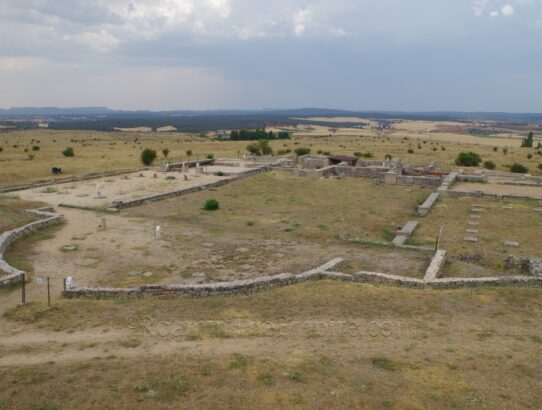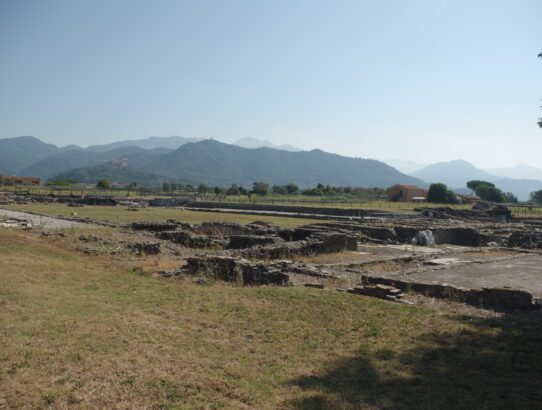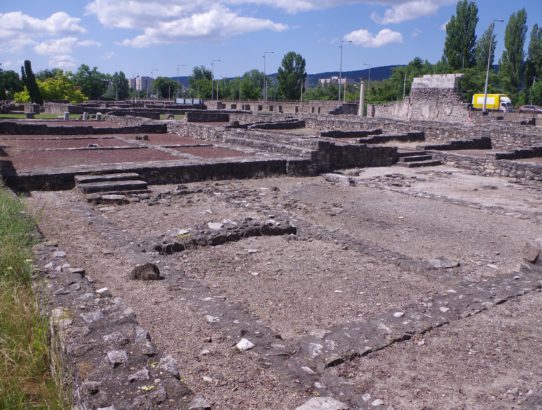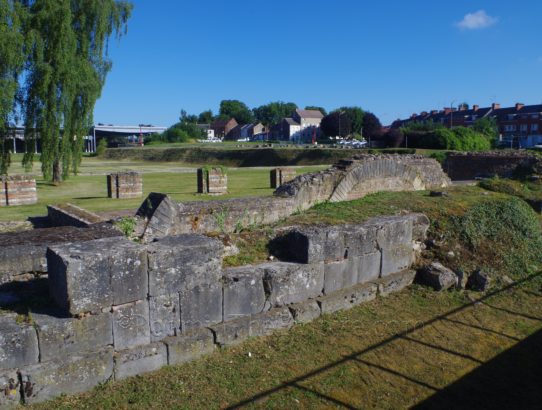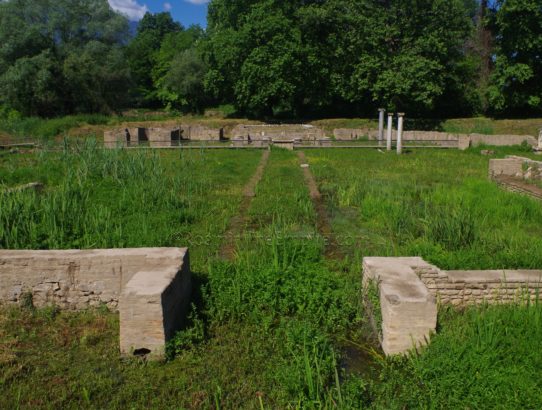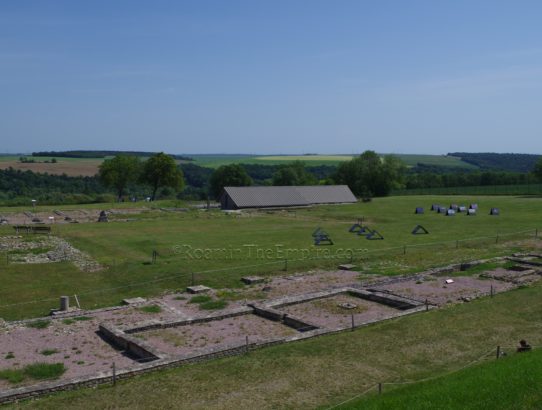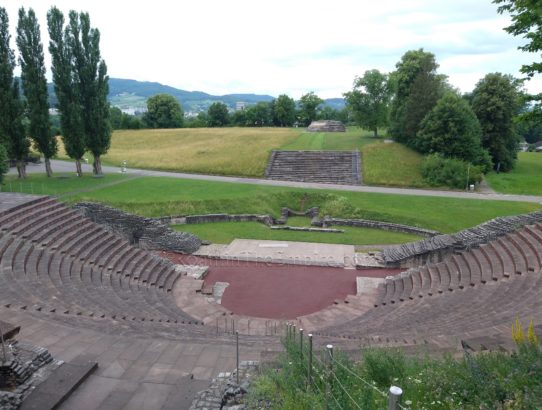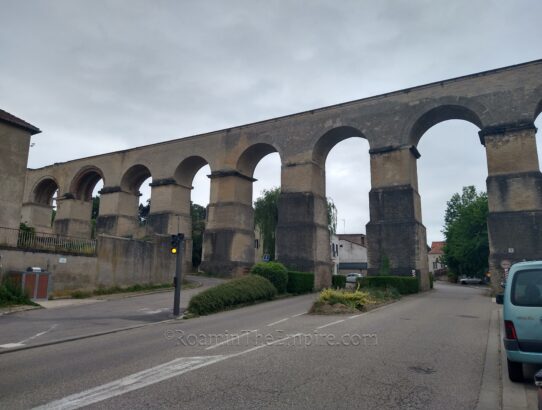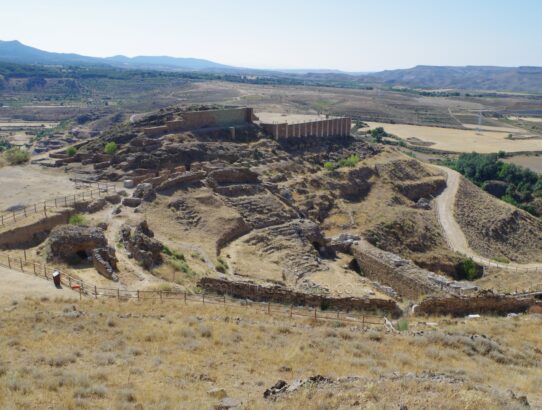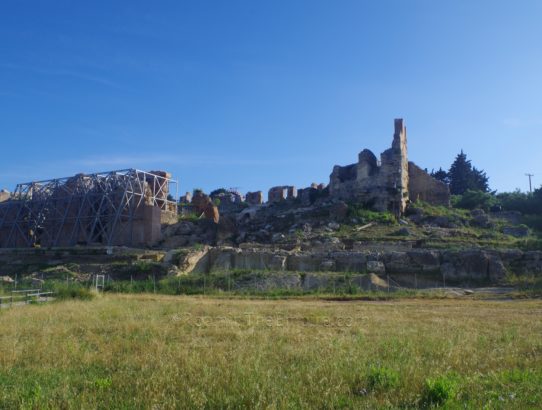Colonia Clunia Sulpicia, Hispania Tarraconensis
Most Recent Visit: July 2022 The exact date of foundation for Colonia Clunia Sulpicia (modern Peñalba de Castro) is unclear, but presumably it was sometime between the subjugation of the local Arevaci around 93 BCE and the first appearance of the settlement in the historical record in 75 BCE. The Roman settlement was not built…
Read More


